And possible reasons why…
In the past, I have shown my support for having an additional piece of evidence for my student data collection such as the EQAO standardized test. While I know there are tons of reasons why standardized testing is not the answer to fixing the problems with mathematics education, I do like to see how my students stack up against the rest of the province. When the tests are done, it is clear to see who has used a SAT and ACT prep guide among other studying resources compared to those that don’t. Regardless of whether I consider myself a good or bad teacher, I think it is good to have an assessment with which you can compare your assessment practices. Is standardized testing worth the millions spent to make it happen? Probably not. However, would we see such an aggressive push in Ontario schools to improve mathematics education if there was no standardized testing taking place? I doubt it.
It’s clear there are problems in mathematics education
The Ontario Provincial Results for the Grade 3 EQAO assessment and Grade 6 EQAO assessment were released this past week and for the fourth and fifth years respectively, scores continue to fall.
Although scores falling is a problem, the bigger problem could be how the actual testing is conducted for applied students as a good friend and colleague, Jay Lynn and I discussed in the car after a Regional Ministry Session. While Jay’s specialty is closing the gap in literacy, much of the same problems exist when it comes to closing the gap between applied and academic learners.
I’m less concerned with the actual results of the test than what is being done with the extensive data EQAO provides each Ontario school board. What happens in Grade 4 with students who were not achieving at the provincial level to ensure that they can improve in the areas that caused them problems throughout grade 3 and on the EQAO test? To my knowledge, most schools and even entire boards approach improvement by focusing on research-based instructional strategies and differentiating instruction in the hopes that more students will understand content. While this is definitely a strategy that should continue, why are we not investing more of our numeracy funding to target the specific learning goals that are lacking in our level 1 and level 2 students and address those student learning needs?
Could this be possible if we didn’t devote so much money to assessing of learning with EQAO and redirect that funding to assessing as and assessing for learning? If this redirection of numeracy funding were to take place, would we still focus on identifying these individual student learning needs and work so aggressively to address them?
Tough question with not so clear answers.
Enter secondary: academic and applied pathways
From elementary through grade 8, students are all placed into the same classroom with students of varying abilities. Then, once students reach secondary, they are forced to select one of three pathways; academic, applied or locally developed. While the intention is to have students planning to attend a university program with math as a prerequisite select academic, college-bound students select applied, and students planning to enter the workforce select locally developed, what really happens is students who are stronger in math take academic and those who are weaker select applied or locally developed.
I’m not going to claim I know how to fix mathematics education in Ontario, but I do see a clear contradiction in how elementary mathematics and secondary mathematics are delivered. If the expectation is that all students in grade 3 and 6 can be successful in mathematics and achieve at the provincial standard, that would suggest to me that the same should be true for all students at the secondary level. Furthermore, if the vast majority of elementary students are achieving at the provincial standard, would there be a need for the applied and locally developed pathways? A student experiencing success in mathematics would likely take academic mathematics to keep all of their doors open and could continue on to university, college, or enter the workplace after secondary.
This reminds me of a heated discussion I had with Andrew Campbell (@acampbell99) in the comments section of a standardized testing post I had written back on March 21st, 2013.
Academic and applied students learn differently
Many would argue that academic and applied students learn differently and that is why different pathways exist. However, the EQAO assessment method is the same for these different learners. This would also suggest that these different learners should be able to learn differently in elementary school, but the solution there is differentiating instruction to meet the learning needs of each student.
Is this confusing anyone else?
Different pathways hasn’t solved the problem
Some may have noticed that graduation rates in Ontario continue to rise each year and different pathways likely have something to do with this. However, results from EQAO paint a different picture when it comes to students achieving at the provincial level. Last year, there was a 40% gap between students achieving at level 3 or greater in academic vs. applied math provincially that has remained fairly consistent for years.
As you might expect, students in academic and applied courses write different EQAO tests that address the specific curriculum expectations in each course. However, the test format is exactly the same for these different types of learners.
In school districts like my own, we are promoting effective teaching practices, integrating technology in math classes, and providing multiple assessment opportunities using varied assessment strategies as required by Growing Success: Assessment, Evaluation and Reporting in Ontario’s Schools document. Although it is quite a dry read, the message of the document is great. Provide students opportunities to succeed by encouraging them to address expectations that they struggled with, communicate their understanding using a method that best suits their learning style, and don’t punish them for not succeeding the first time around.
I think if we as educators were to all follow the great message in Growing Success, the education system would be much more effective for all learners and more students might consider continuing their learning in post-secondary endeavours.
But would Growing Success improve EQAO results?
If all educators were to do the great things in Growing Success, would this help or hurt EQAO results? Remember, every learner is different as we discussed earlier (in high school, anyway), so it would be natural that students might demonstrate their understanding in different ways. Some might choose a traditional paper and pencil solution, others might use manipulatives to show you at their desk, and others might choose a screencast using an app like Explain Everything to better explain verbally. I truly believe this is the best way to approach assessment across the curriculum in education, but am I doing my students a disservice by not forcing them to show their understanding strictly with paper and pencil as required by EQAO in grade 3, 6 and 9?
Personal experience
In the past, my colleagues and I have had success with our grade 9 students in both success rates and achieving at the provincial standard on EQAO. For all of the years I experienced success, my approach to assessment was not varied and did not provide multiple opportunities. However, typically all students received their credit and at least 70% of them achieved at the provincial standard on EQAO. In the first year I introduced a 1:1 iPad math class, 87% of my applied students achieved at the provincial standard or greater with me only using the iPads to augment student learning.
Last year, I really worked hard to provide multiple opportunities using varied strategies and I didn’t experience nearly as much success. While the demographic of the class as very different and I had encouraged locally developed students to join us in applied to keep more doors open for them, my personal assessment of their performance on EQAO was much lower than usual. Whether it was my new approach to assessment, trying to redefine my classroom using new approaches with technology, or a unique group of students, I scratch my head and can’t help but think that Growing Success and EQAO go together like oil and water.
There are some serious contradictions that currently exist in the way we do things in the Ontario Education System. I believe that Growing Success is definitely the way we want to move forward to promote students driving themselves to always get better and become life-long learners. I also believe that EQAO has it’s place in our education system, but we need to seriously reconsider how we force students to show their learning in such a contradictory method to that of Growing Success. EQAO is not currently giving educators or the public a clear indication of the great things going on in education. If building public confidence in the Ontario Education System is truly a goal for the Ministry, something more than simply blaming teachers must be done.
Interested in more discussion regarding the decline in EQAO Math Scores? Read a recent post by Michelle Cordy.
WANT TO LEARN HOW TO TEACH THROUGH TASK?
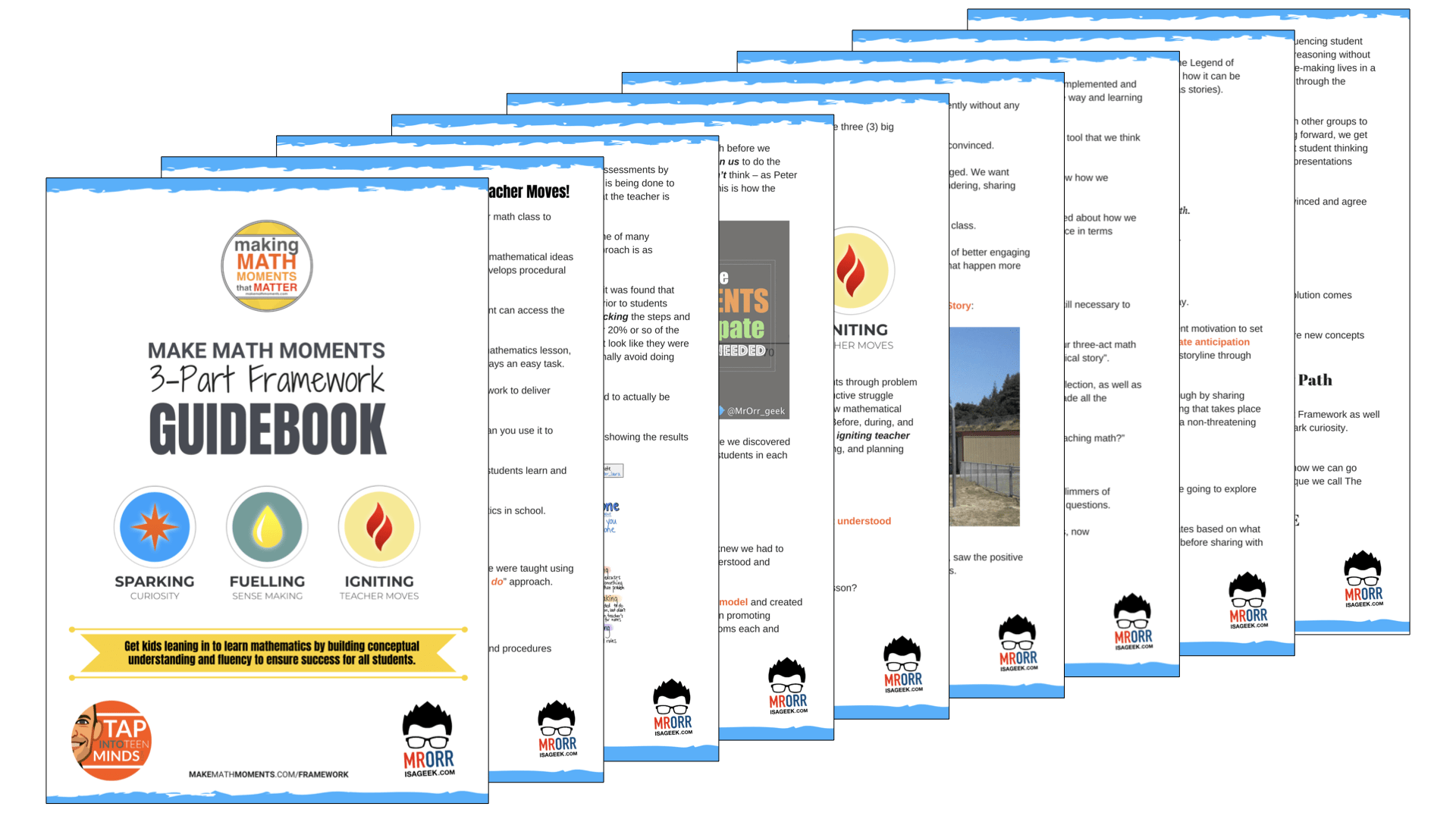
Share With Your Learning Community:

About Kyle Pearce
I’m Kyle Pearce and I am a former high school math teacher. I’m now the K-12 Mathematics Consultant with the Greater Essex County District School Board, where I uncover creative ways to spark curiosity and fuel sense making in mathematics. Read more.
Read More From The Blog

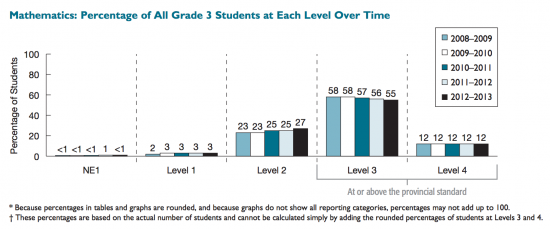
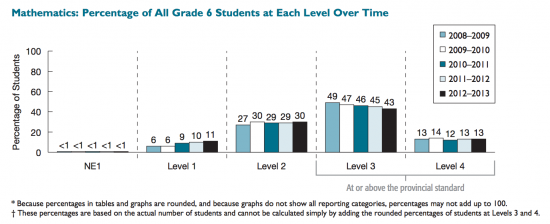
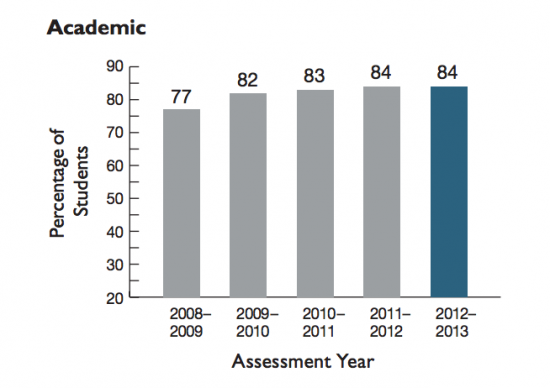
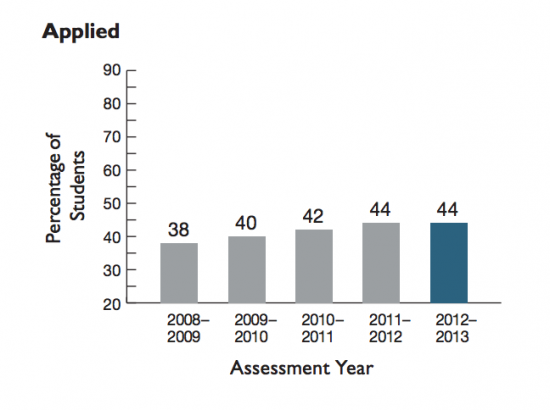
Well put but I will comment on only one detail that is often sited as a Con of EQAO: That it costs millions of dollars to administer. Literally this is true. Their budget is something like $30 mil (for all tests, Gr3,6,9,10). However the entire educational budget is $20 Bill. So the cost of EQAO is only a fraction of a percent of the overall cost of education. I think I worked it out once and it costs something like $50 a kid to write EQAO (I maybe off a bit but its definitely the right order of magnitude). Now if you think $50 a kid is too expensive (I don’t) then OK that is a fair assessment to make but saying it costs millions is not a realistic representation of the cost.
Hi David:
You’re absolutely right in regards to how blown out of proportion the EQAO funding issue really is. However, some make the argument that a lot of other initiatives are funded because of EQAO so there is a “hidden cost” to EQAO as well.
For 2008-09, I had worked the cost per student to be $17 in this post: https://tapintoteenminds.com/2013/03/21/the-standardized-test-debate-is-eqao-good-for-education/
I still like having access to student data as assessed by someone else to help inform my instruction. The format of the test, as mentioned in the post above is questionable.
$17 eh, I don’t remember getting that low but if it is, man that’s a bargain 🙂
True though about the hidden costs of EQAO. I wish people would just do what they do and see how things shook out on EQAO/OSSLT. Rather than all this cramming that goes on.
If you continue to follow the US testing model you are bound to fail as they are so miserably.